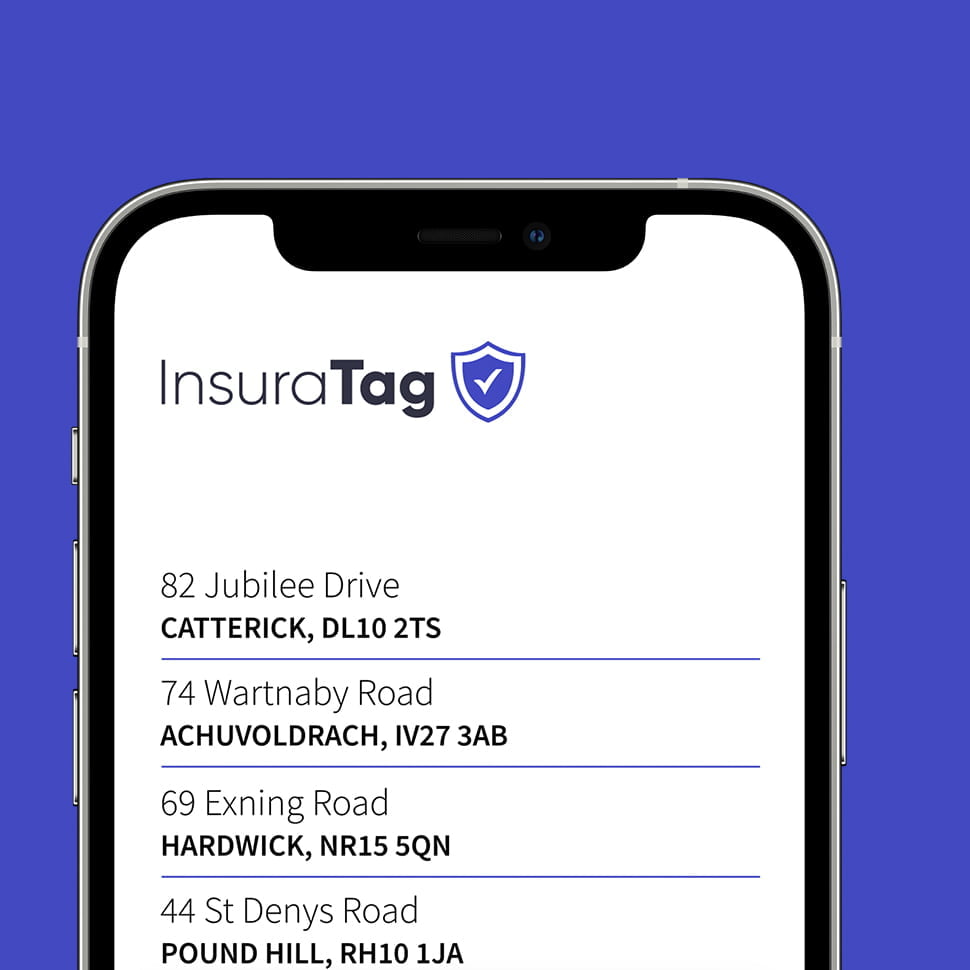Bespoke web & software development
Design and build of web sites and applications
With so manay technologies available that can all form a part of a web solution, Digital Republic have core experience in the most reliable, industry proven techniques to make sure your product is delivered and can be relied on for years to come.
Web design
Customer driven
Our sites and applications are designed to be engaging and powerful experiences.
Development
Cloud advantage
Reliable development practises are the cornerstone of a successful delivery. You can be assured that Digital Republic have the experience to navigate these murky waters.
Monitoring
Health & Analytics
Once launched, a solution isn't left in the digital vacuum. Health and analytics monitoring work together to aid progression and future development.
Software developmentUmbraco Development.net CoreCRM
London Finance

Software developmentMobile ApplicationsioT.net CoreAzure CloudDevopsBespoke software
InsuraTag

Software developmentMobile ApplicationsNode.jsAzure CloudDevopsCRMBespoke software
Scafol

Software developmentMobile ApplicationsUmbraco Development.net CoreAzure CloudDevopsBespoke software
Interhous

Software developmenteCommerce
Bloomsbury Square

Software developmenteCommerceAzure CloudDevopsCRM
UK Harbour Masters

Software developmentDigital MarketingeCommerceUmbraco Development
May 11, 2020
What Google’s Mobile-first Indexing Means for Your SEO
With mobile-first indexing, Google shows the mobile versions of webpages in its SERPs…
